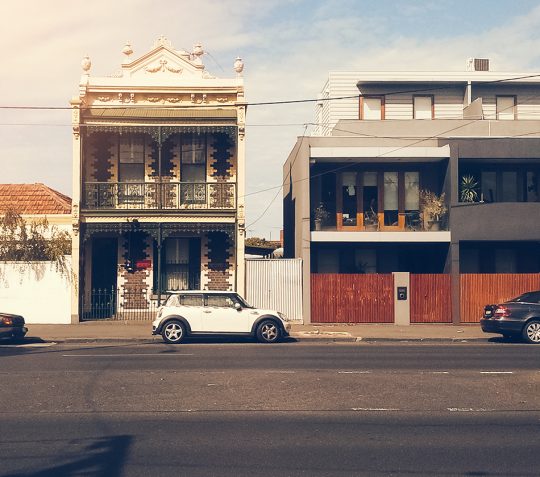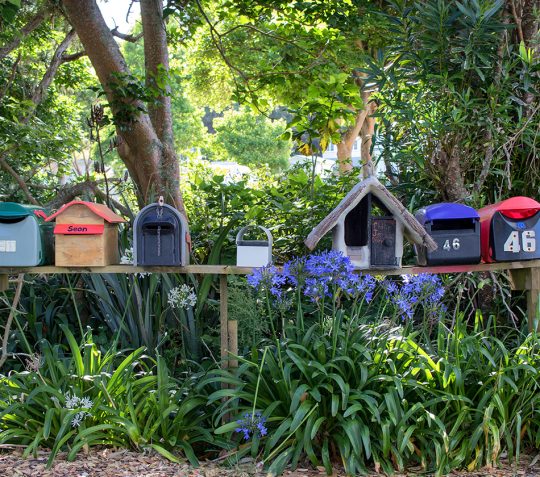You might’ve heard the word ‘equity’ dropped into small talk in the office lift or discussed in earnest at the family BBQ. But how much do you really know about it? Do you have it? Do you have lots of it? How do you find out?
First things first, equity is the difference between the current market value of your home and how much you owe on your home loan. If you’re one of the many Australians lucky enough to have equity in your home, you might consider using it to invest in another property to build your investment portfolio.
But equity isn’t a magic wand to conjure wealth. Before investing in a property, you should still do all the due diligence, including developing an investment strategy with your accountant to see if you’re in a financial position to both pay back the loan and afford the extra costs.
Here’s a primer on calculating, borrowing against and using equity to secure a home loan.
Figuring out your equity
Say your home is worth $400K and you still owe $220K on your home loan. Your equity would be $180K.
But lenders (like us) will typically only lend against 80% of your home’s current value. (This allows for any dips in house prices.) So what you need to figure out is your useable equity – that is, the amount of equity in your home you can actually use once you’ve factored in the percentage that the bank won’t lend against.
Let’s take the example above and use it to show how you can calculate your home’s useable equity.
Your home’s value: $400K x 0.8% = $320K
What you still owe on your loan: $220K
Your useable equity: $320K – $220K = $100K
The general rule of thumb is that you may be able to borrow up to five times your useable equity for an investment property. So, in our example, you may be able to borrow $500K – with your useable equity essentially acting as your deposit.
This, of course, all depends on your ability to afford the loan. Your lender will need to be comfortable that you can handle the extra financial commitment and will take into account things like your income, job status, current savings, financial commitments, living expenses and credit history.
Understanding the numbers
Accessing your equity is one thing. Whether you can realistically afford all the costs of an investment property is another. Once you’ve done your equity calculation, sit down and crunch your numbers. In the end, that’s what property investment comes down to: cold, hard maths. Here’s a quick rundown of some things to take into account.
Ongoing costs
It’s important to factor in costs when working out your investment affordability. So, get calculating. First, assume you can borrow five times your useable equity amount, like we talked about before. Then click over to our repayment calculator to see an estimate of what your average loan repayments would be on that amount each month.
Next, pick a couple of areas where you might want to buy an investment property. Figure out what the going prices are and look up the monthly rental returns. Once you have those numbers, dig up some estimates for other ongoing costs that are easy to overlook, like:
- council and water rates
- home insurance
- real estate property management fees
- body corporate fees or strata fees
- general maintenance and repairs.
Then, plug all these numbers into our rental yield calculator to work out a rough idea of whether your potential future investment will be positively or negatively geared. It will also show you an estimate of what your weekly gains or losses could be, as well as gross and net rental yield.
And, (important) side note: remember to factor in vacancies between tenants. They happen. So allow for a few weeks with no rent each year or two.
Buying costs
Lots of costs come along with buying a property, but stamp duty is the most significant. It varies depending on which state you buy in and the purchase price, but we’ve got a handy buying costs calculator to help you see an estimate of how much you would need to pay in stamp duty, as well as other expenses like:
- legal and conveyancing costs
- accountant fees
- pest and house inspections
- mortgage insurance
- land tax.
Expenses you can claim
If you’re negatively gearing and making a loss on the property, you may be able to claim some of these investment outlays and a portion of the loan interest as a tax deduction. It’s best to chat to your accountant to assess your individual situation and needs.
Tip: Ask for a new valuation
Once you’ve done all the budgeting, it’s time to get official. Which means asking your lender to do a new valuation on your property. When they know what you’re sitting on, they can calculate your equity and tell you what you can borrow.
Try to resist the temptation to use every last cent of your equity, though. Reserving some can be a buffer if something goes wrong – not just for your investment property, but for the home you live in and that loan too. A back-up plan is always a smart move.
And hey, even if you don’t end up investing in another property, the valuation can be the starting point for using your equity for other things – like renovating your home, buying a car, taking a long holiday or even starting that dog-washing business you’ve been dreaming of.
Tip: Speak to a specialist
Phew. That’s a lot to think about. If you’ve got questions about property investment and want to talk to an expert, our home loan specialists are here to help. No obligations, just friendly support. They can help calculate your equity as well as how much you could expect to borrow, with the help of our borrowing power calculator.



